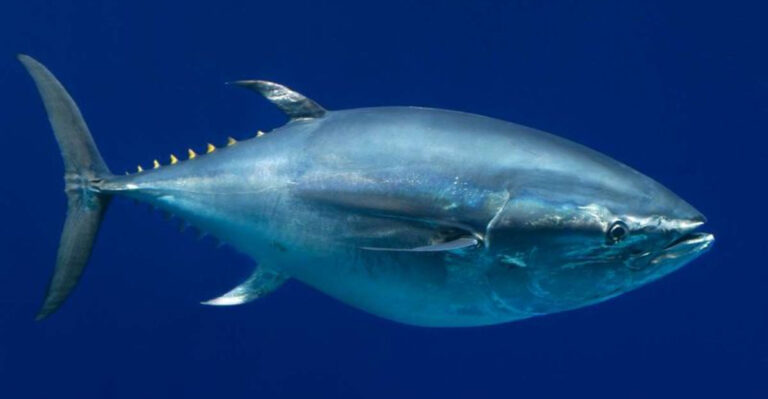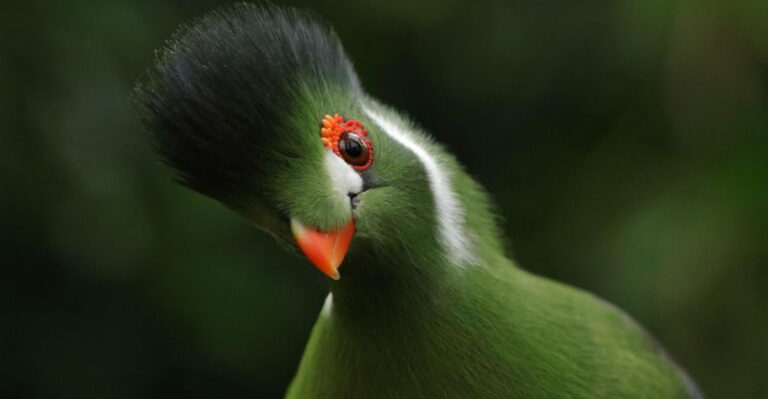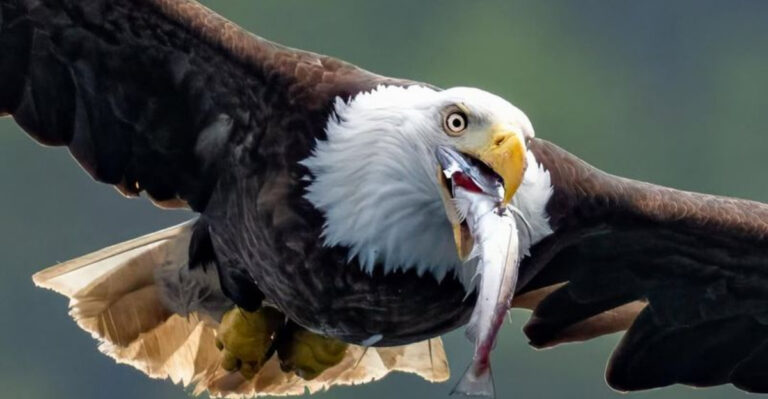23 Surprising Hibernate Champs: Animals That Sleep The Longest
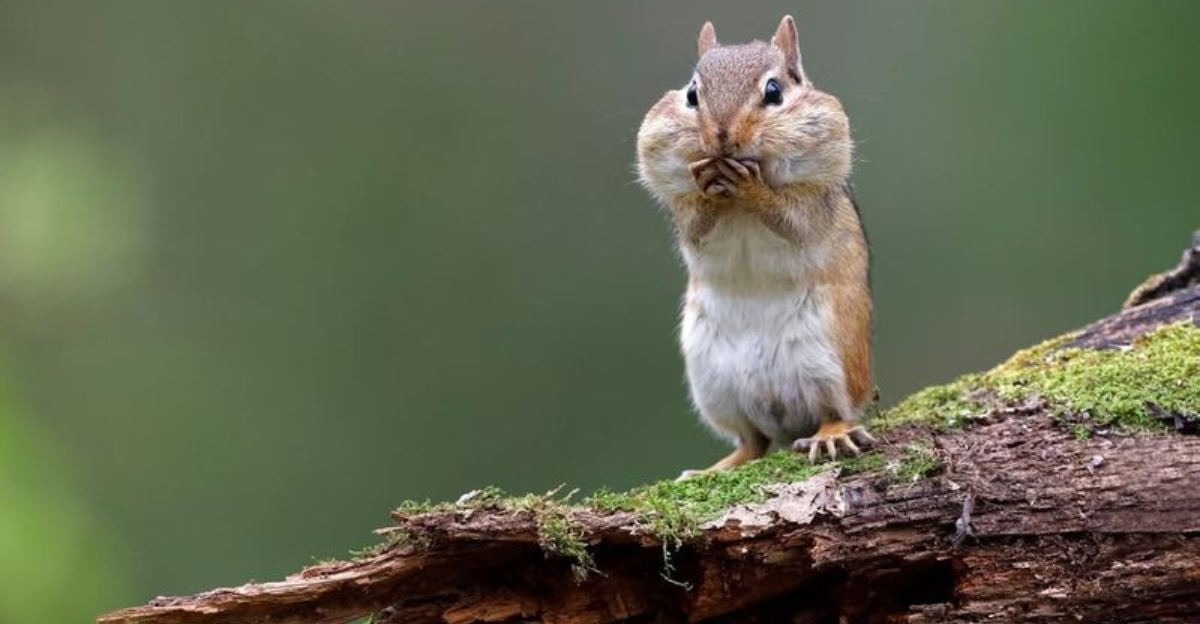
In the animal kingdom, some creatures have mastered the art of napping, turning snooze time into an Olympic sport.
These hibernation champs aren’t just lazy; their long sleep cycles are vital for survival and a fascinating adaptation to their environments.
1. Wood Frogs
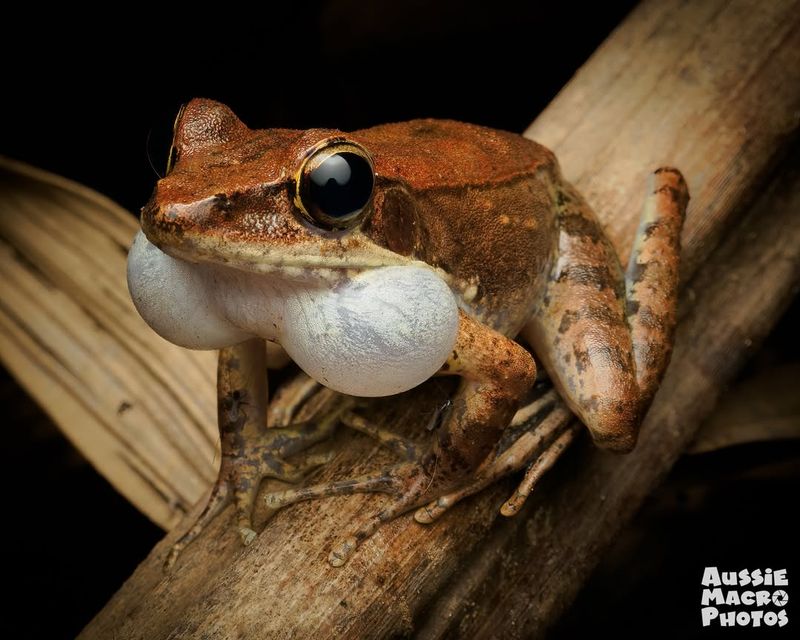
Frogs aren’t just for fairy tales; they’re real-life hibernation experts. Imagine a creature that can survive being frozen solid! Wood frogs, found in North America, do just that.
When temperatures plummet, they enter a deep sleep, their bodies turning into frosty statues. It’s not magic but a remarkable survival strategy.
During this time, their hearts stop, and they rely on glucose to prevent cell damage. Come spring, they thaw out and hop back to life, ready to leap into action.
2. Ring-Tailed Lemur

In Madagascar, lemurs rule the roost, and the ring-tailed variety is no exception. These creatures are social butterflies but also enjoy beauty sleep. They huddle together, embracing the warmth, and nap away.
Their long slumbers help conserve energy, vital for thriving on this island paradise. These lemurs have a knack for finding cozy spots to rest, often in trees, ensuring they’re both safe and snug.
With their striped tails and curious eyes, they awaken ready for social shenanigans.
3. Koalas

Australia’s cuddliest critters, koalas, are famous for their hefty naps. Spending up to 20 hours a day asleep, these marsupials aren’t just lazy; their diet demands it.
Eucalyptus leaves are tough to digest, requiring koalas to conserve energy. They snooze in trees, resembling fuzzy cushions, capturing the hearts of onlookers. When awake, they’re busy munching leaves, but sleep is their true calling.
This lifestyle may seem sluggish, but it’s perfectly tailored to their needs, keeping them happy and healthy.
4. Ladybugs
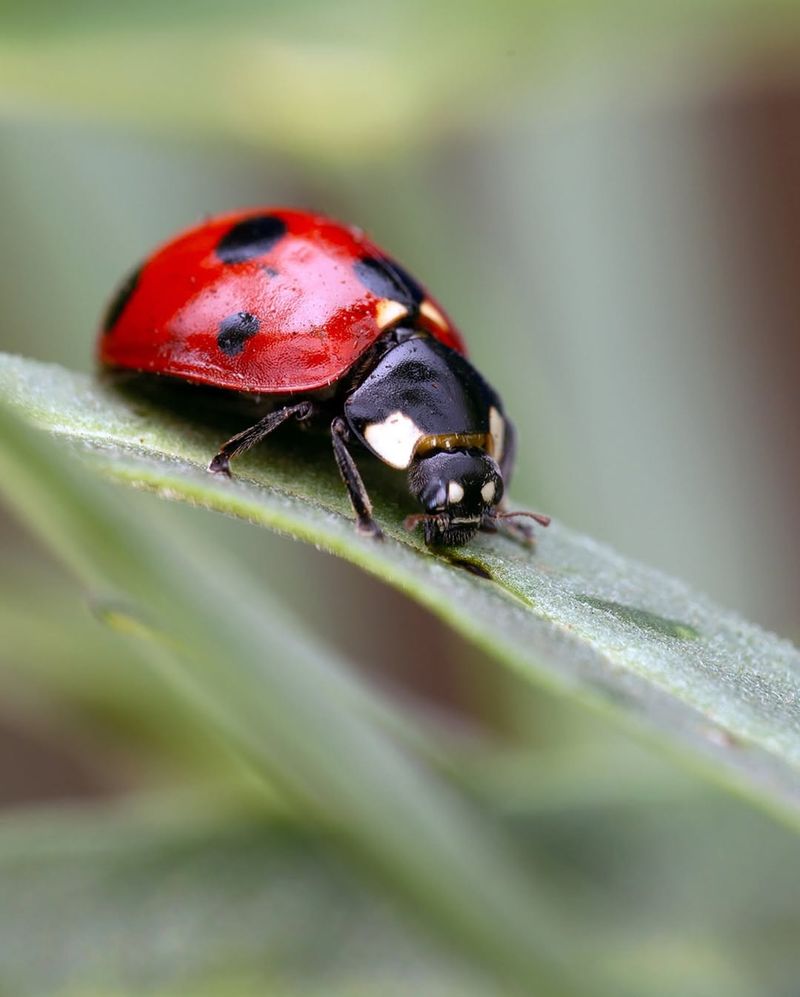
Not just a gardener’s friend, ladybugs are secret nap enthusiasts. When winter rolls around, these tiny beetles gather in groups, seeking warmth and shelter under leaves and rocks.
This communal hibernation keeps them cozy during chilly months. Their vibrant red shells hide a sleepy nature, re-emerging in spring to tackle aphid infestations.
Though small, their impact is mighty, bringing balance to the garden. It’s a bug’s life, filled with rest and rejuvenation, showcasing nature’s adaptability.
5. Marmots
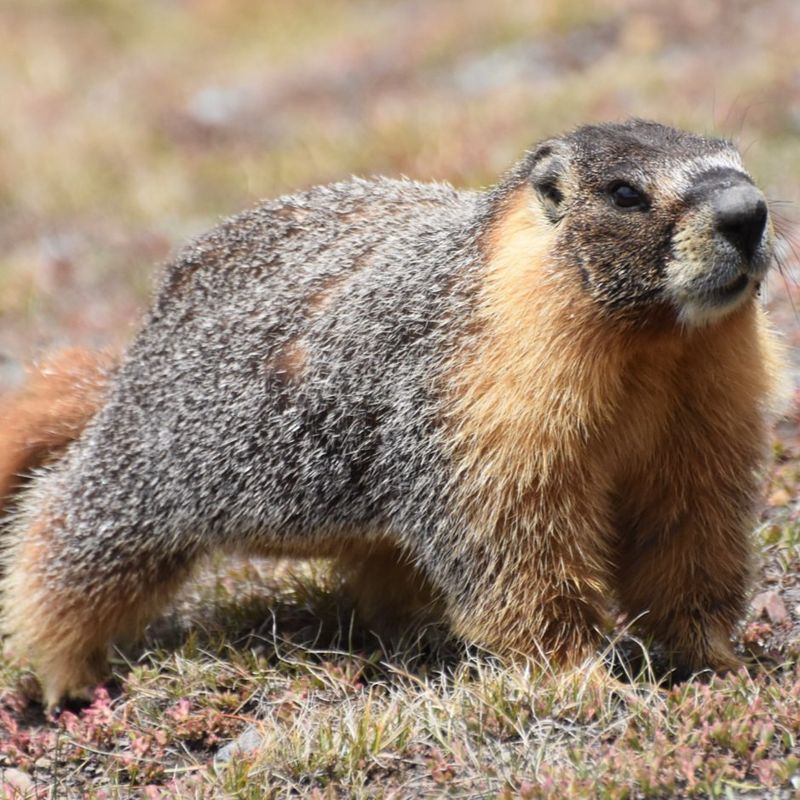
When it comes to hibernation, marmots are pros. These burrowing rodents live in mountainous regions, where winter’s bite is fierce. To weather the storm, they retreat underground, entering a state of torpor.
It’s more than a nap; it’s survival. Their heart rate plummets, and body temperature drops, allowing them to snooze through harsh weather.
Come spring, they emerge from their burrows, lively and ready to bask in sunshine. Marmots remind us that sometimes, rest is the best adventure.
6. Polar Bear

In the Arctic’s icy embrace, polar bears take hibernation to heart. While not true hibernators, pregnant females den up during harsh winters. These dens are snowy sanctuaries where new life begins.
The rest of the year, polar bears roam the ice, hunting and exploring. Their ability to endure extreme conditions is remarkable, showcasing the resilience of these majestic creatures.
Polar bears teach us that sometimes, a little downtime is essential for survival in the frozen wilderness.
7. Bats

By night, bats are the acrobats of the sky, but come daylight, they retreat to dark caves for a well-earned rest. During winter, some bat species hunker down for extended slumbers, a time of energy conservation.
Their hibernation is a delicate balance, requiring just the right conditions. Too much disturbance, and their rhythm is thrown off.
Emerging in spring, bats are nature’s pest patrol, munching on insects and playing a critical role in ecosystems. It’s a batty world, filled with rest and renewal.
8. Prairie Dogs
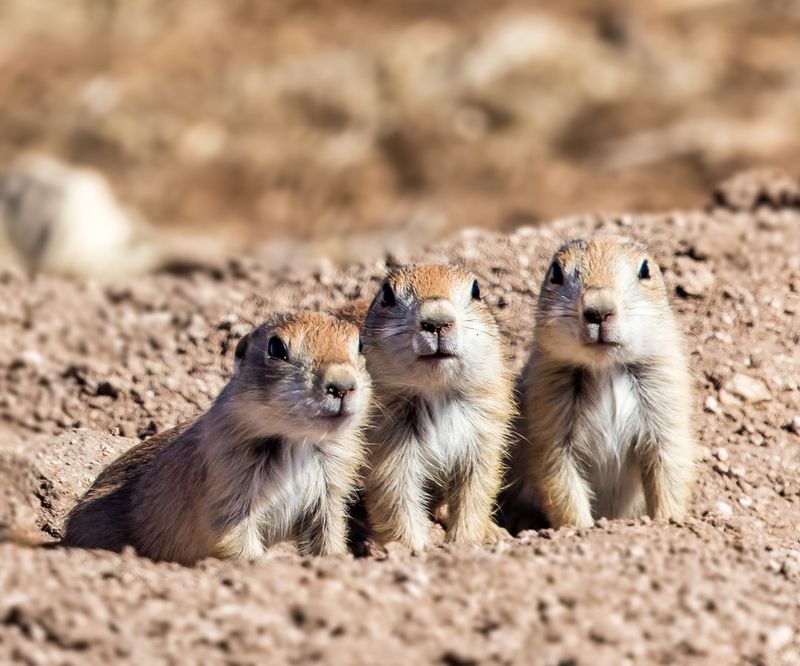
In the heart of North America’s prairies, these charismatic rodents are more than just chatterboxes. Prairie dogs embark on remarkable hibernation journeys, retreating into their burrows as winter approaches.
Here, they enter a state of torpor, conserving energy throughout the cold months. Their underground cities are bustling with life, even in slumber.
As spring dawns, prairie dogs emerge, chirping greetings to the sun. These creatures prove that community and rest are pillars of resilience in the wild.
9. Chipmunks
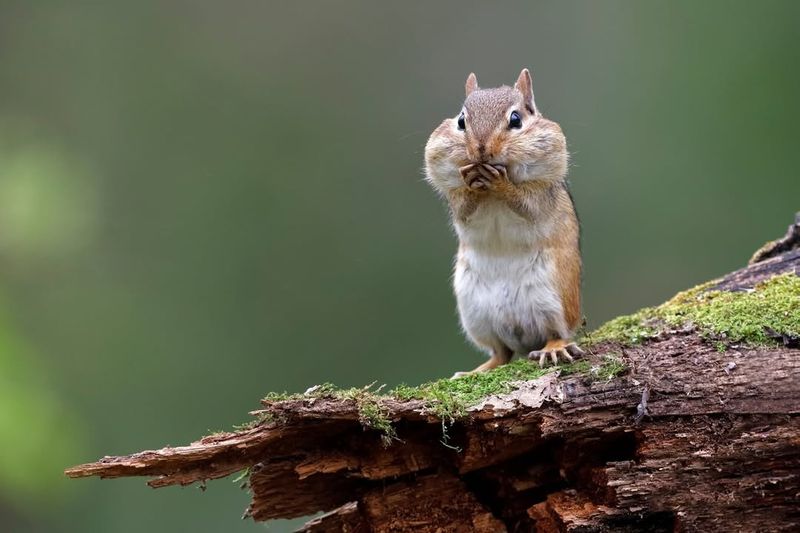
Chipmunks are nature’s hoarders, spending summer collecting food for the long winter. But they’re not just about stockpiling; these critters are masters of catnaps.
In their cozy burrows, chipmunks enter a state of torpor, waking occasionally to snack on stored provisions. This balance of rest and nibbles keeps them energized.
Come spring, they burst forth with boundless energy, ready to frolic in the forest. Chipmunks teach us that sometimes, a little preparation and rest can lead to great adventures.
10. Deer Mice
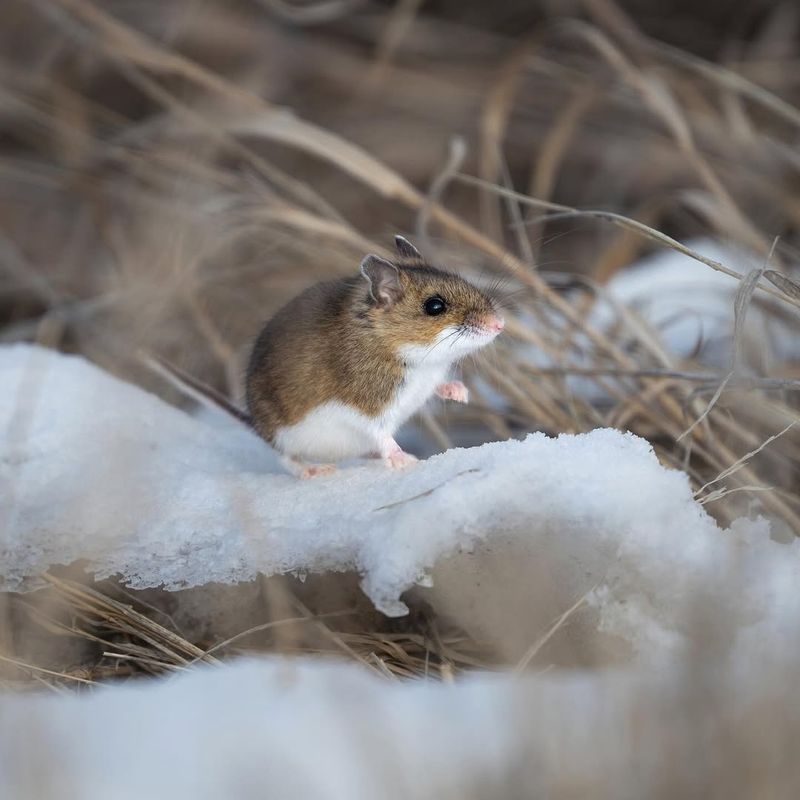
In the wild woods, deer mice are the tiny titans of hibernation. These nocturnal rodents have a knack for finding the coziest nooks to rest.
As winter approaches, they enter a state of torpor, slowing their metabolism to conserve energy. This delicate dance with nature ensures survival through harsh conditions.
When the seasons change, deer mice awaken, ready to scurry and explore. Their resilience and adaptability make them true champions of the forest floor, thriving even when times are tough.
11. Arctic Ground Squirrels
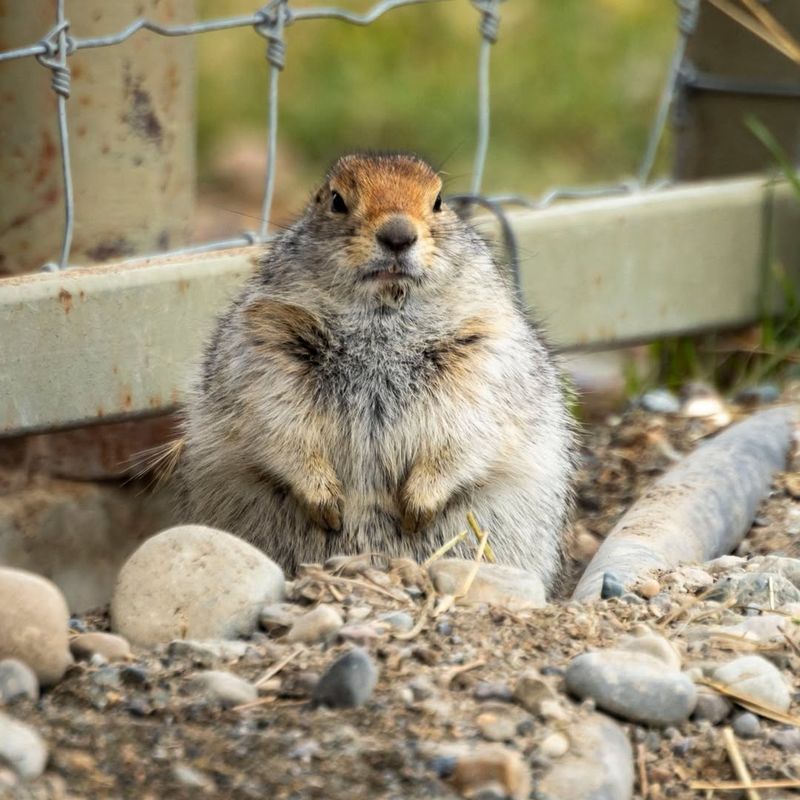
In the frigid Arctic, ground squirrels hold the title of true hibernation champs. These resilient rodents retreat to their burrows, where they enter a state of deep torpor.
Heart rates drop, and body temperatures plummet, allowing them to survive months of bitter cold. Their ability to navigate extreme climates is awe-inspiring.
As spring arrives, these squirrels emerge, ready to embrace the sparse tundra landscape. Their journey from slumber to activity is a testament to the adaptability of nature’s sleepiest survivors.
12. Alpine Salamander
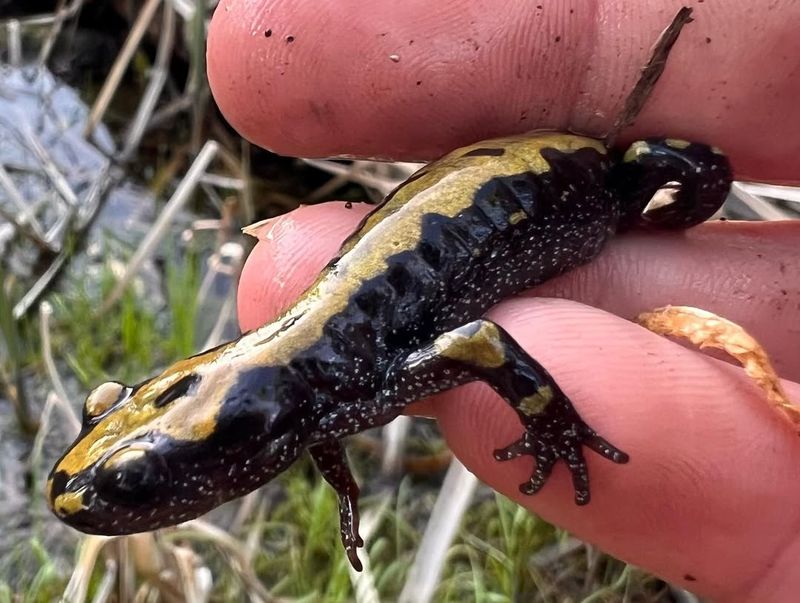
In the cool, damp forests of the Alps, salamanders are the quiet custodians of hibernation. These amphibians retreat under rocks and logs, embracing a period of dormancy that lasts for months.
Their sleek bodies and moist skin are perfectly suited for this environment. As winter’s chill fades, they awaken, ready to resume their secretive lives.
Alpine salamanders remind us that in the world of hibernation, sometimes the quietest creatures have the most remarkable stories to tell.
13. Tortoises
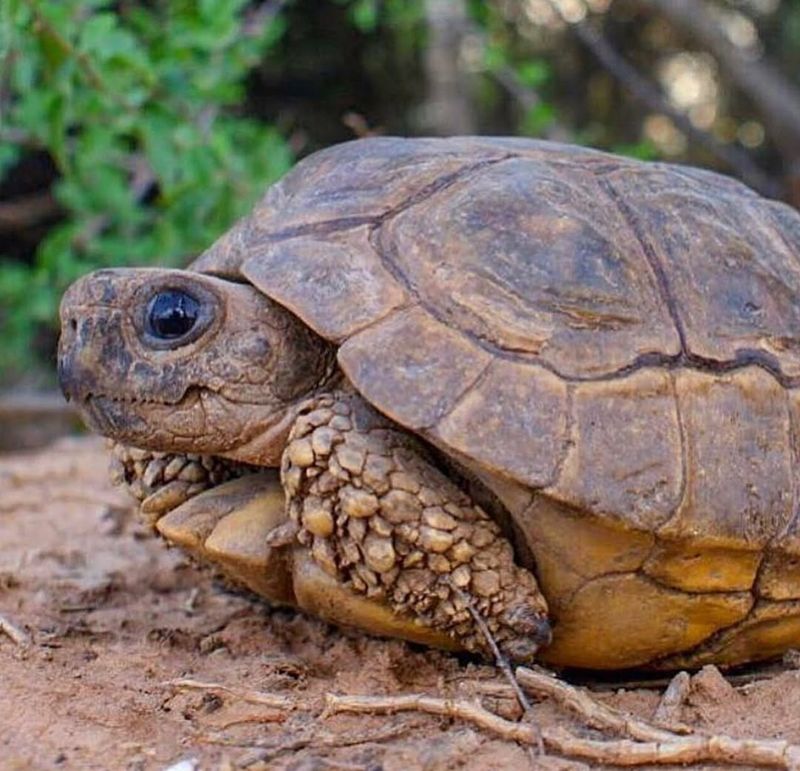
In the realm of reptiles, tortoises are the sages of slow living. They inhabit arid landscapes where resources are scarce, relying on hibernation to endure.
As temperatures drop, these shelled wanderers retreat into burrows or under rocks, entering a state of brumation. It’s a time of conserving energy and waiting patiently for warmth to return.
When spring arrives, tortoises emerge, moving at their leisurely pace, embodying the wisdom of waiting.
14. Garter Snakes
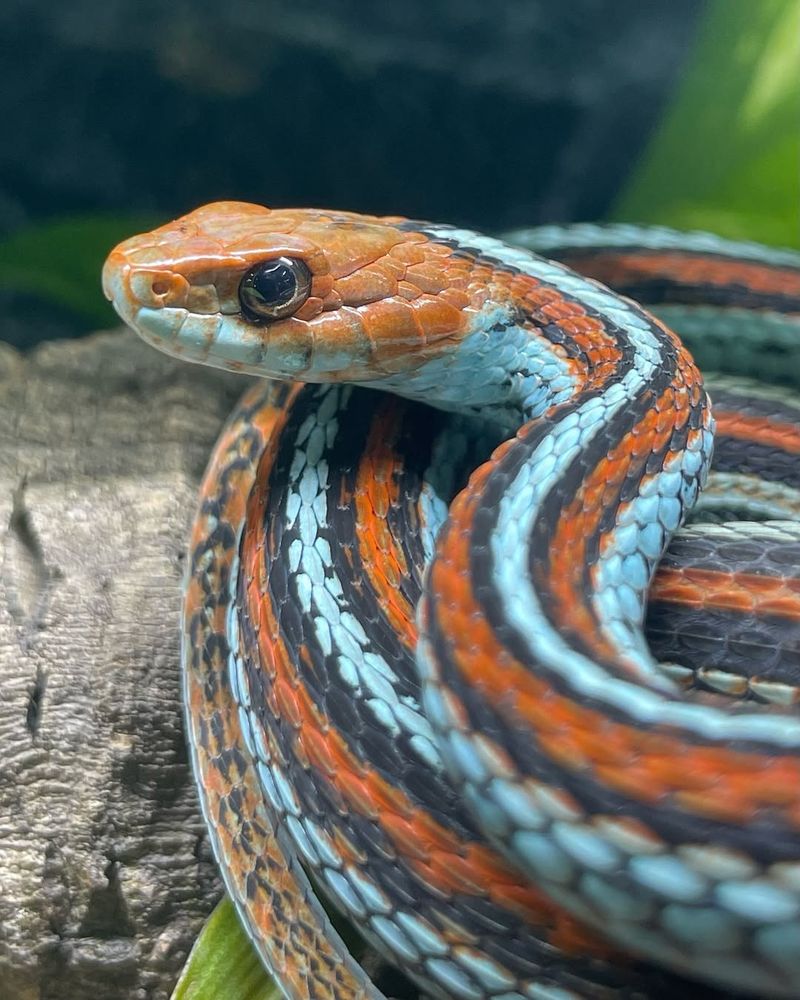
In the world of serpents, garter snakes are the social sleepers. As autumn approaches, these snakes form communal dens, curling together for warmth and safety.
Their hibernation, known as brumation, allows them to survive cold months. While they’re not true hibernators, their slumber is a strategic survival tactic. As temperatures rise, garter snakes slither forth, rejuvenated and ready to explore.
Their communal approach to rest reminds us that even in the wild, community plays a role in survival.
15. Fat-Tailed Dwarf Lemurs

In Madagascar’s lush forests, fat-tailed dwarf lemurs hold a unique hibernation secret. They retreat to tree hollows, relying on their tails’ fat reserves for nourishment during slumber.
This remarkable adaptation allows them to survive when food is scarce. As they nap, their metabolism slows, conserving energy.
When the rainy season arrives, they awaken, ready to feast and frolic. Their hibernation strategy is a masterclass in resourcefulness, highlighting the intricate dance of survival in nature’s grand theater.
16. Beaver
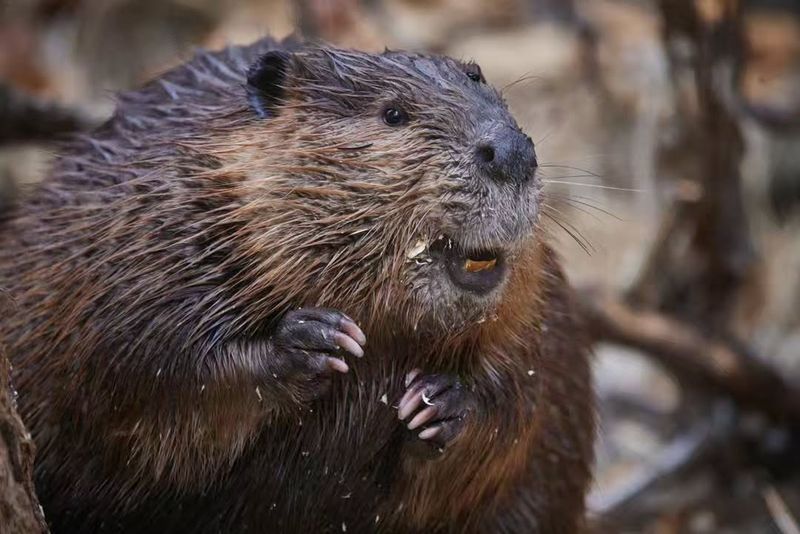
In the world of industrious rodents, beavers are the architects of aquatic hibernation. As winter’s chill sets in, these creatures retreat to their lodges, surrounded by stored food.
Their semi-aquatic lifestyle allows for unique adaptations, including a slowed metabolism during cold months. Come spring, beavers emerge, ready to resume their construction projects.
Their hibernation is a balance of rest and readiness, a testament to nature’s ingenuity. Beavers show us that even in rest, preparation ensures success.
17. Hedgehogs
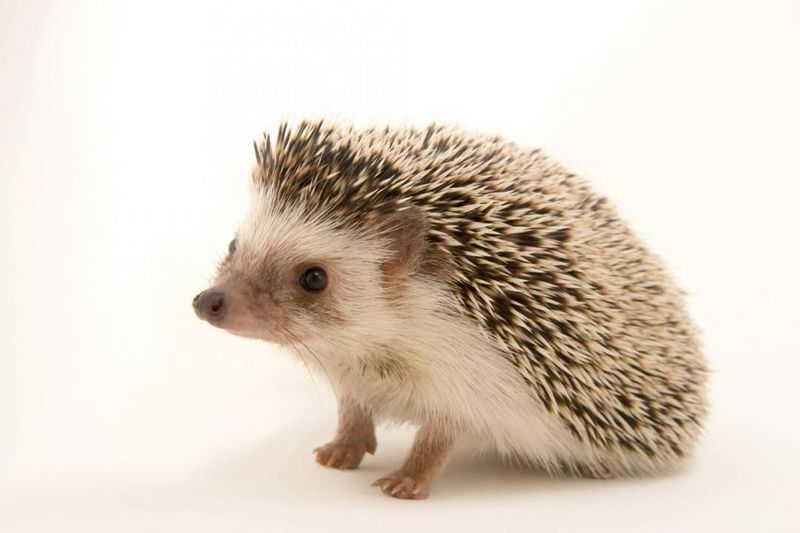
Hedgehogs are the adorable ambassadors of hibernation. As temperatures drop, these spiky creatures retreat to nests of leaves and grass, curling into tight balls.
Their hibernation is a marvel of adaptation, allowing them to survive when insects are scarce. With lowered heart rates and slowed breathing, they conserve energy throughout winter.
When spring arrives, hedgehogs awaken, ready to forage and explore. Their journey from slumber to awakening is a delightful reminder of nature’s cyclical wonders.
18. Common Poorwills
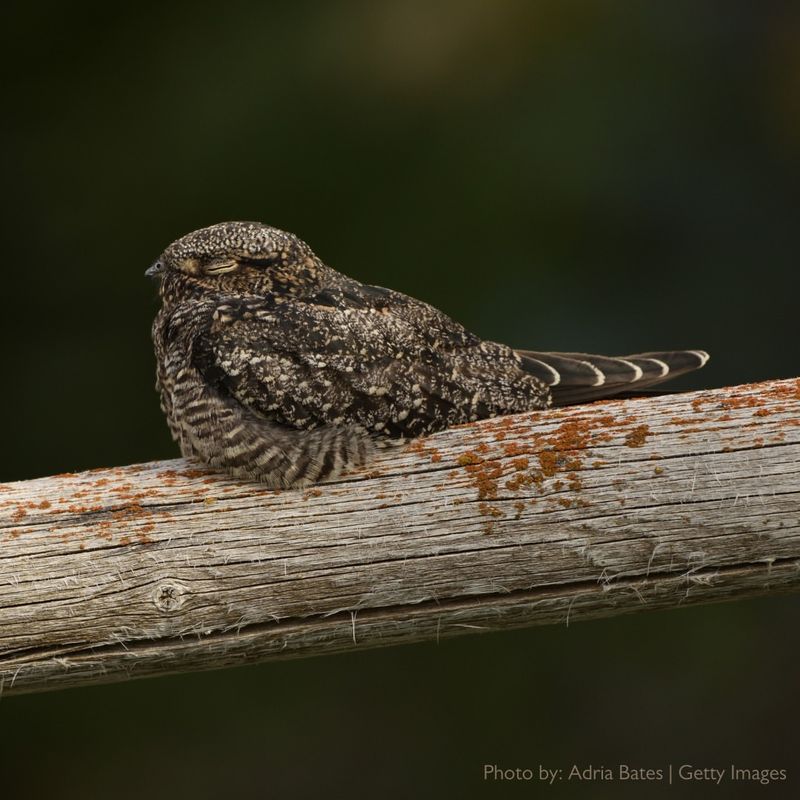
In the avian world, common poorwills are the champions of torpor. Found in North America’s deserts, these birds embrace a hibernation-like state during chilly nights.
They blend perfectly with their rocky surroundings, conserving energy until warmth returns. This unique adaptation helps them survive harsh conditions, a testament to nature’s resourcefulness.
As the sun rises, poorwills awaken, ready to flutter and forage. Their ability to navigate extremes makes them true marvels of the bird world, embodying resilience and grace.
19. Snails

In the slow lane of life, snails are the unassuming hibernation experts. With their soft bodies and sturdy shells, they retreat into a state of torpor when conditions are unfavorable.
Sealing themselves in with a mucus layer, snails wait patiently for rain or warmth. When the weather shifts, they emerge, leaving silvery trails as they explore.
Their hibernation is a lesson in patience and perseverance, proving that even the most unassuming creatures have remarkable survival strategies.
20. Bumblebees
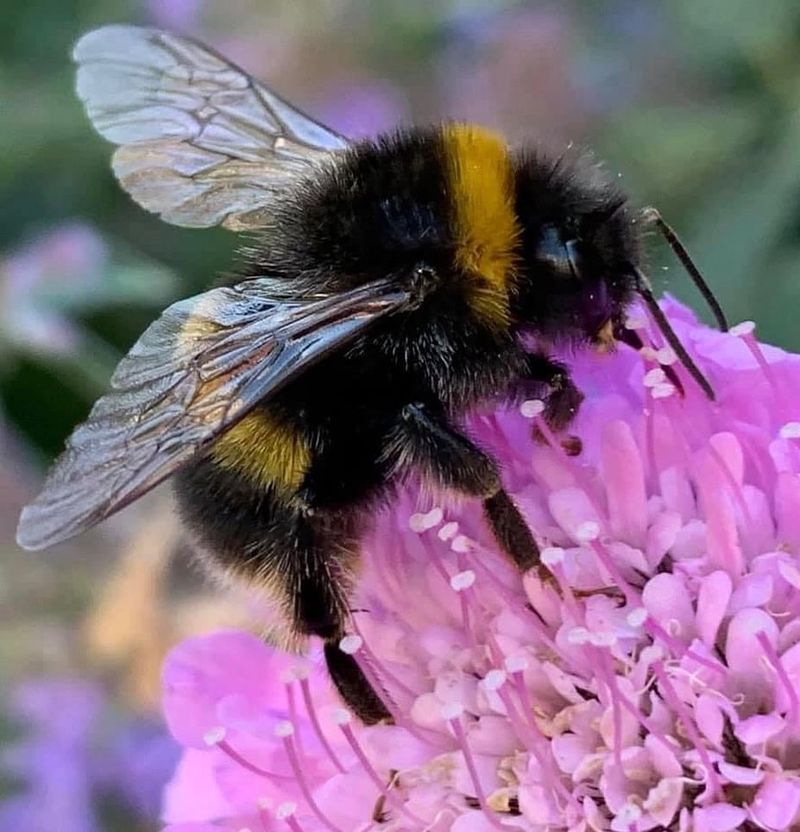
In the buzzing world of insects, bumblebees are the queens of winter slumber. After a busy summer, queens retreat to underground nests, entering a state of diapause.
This hibernation-like pause allows them to conserve energy until spring blooms. As flowers awaken, so do the bees, ready to pollinate and buzz through gardens.
Bumblebees remind us that rest is essential for life’s renewal, even in the insect realm. Their journey showcases the harmony of hard work and rest in nature’s cycle.
21. Black Bear
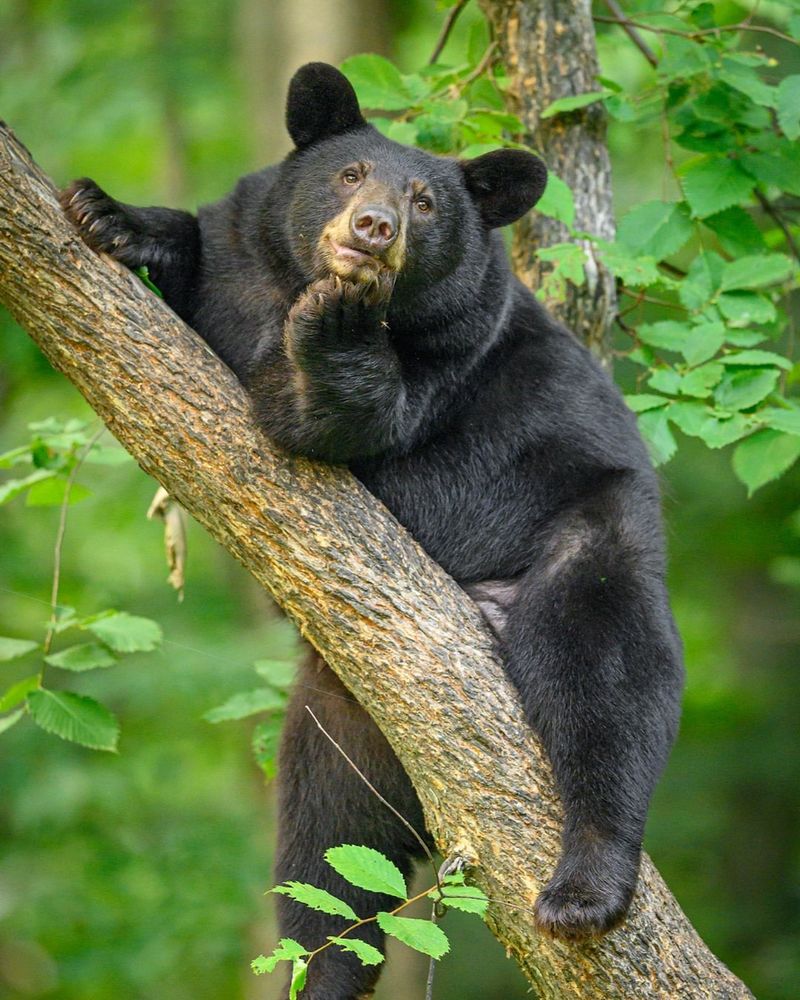
In North America’s woodlands, black bears are the heavyweight champs of hibernation. As winter approaches, these bears retreat to dens, entering a deep sleep.
While not true hibernators, their metabolic processes slow, conserving energy. Cubs are born during this time, illustrating nature’s circle of life.
As spring dawns, bears emerge, hungry and ready to forage. Their hibernation is a balance of rest and renewal, highlighting the wonders of adaptation. Black bears show us that even in slumber, life continues.
22. European Hamsters
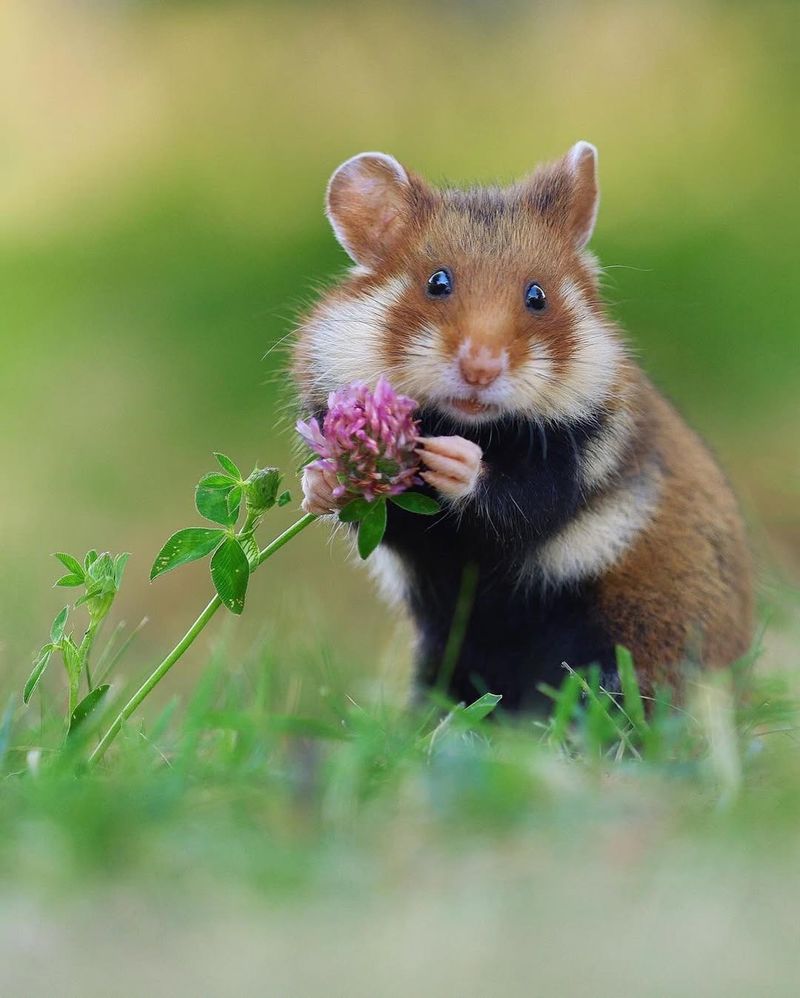
In Europe’s meadows, hamsters are the tiny hibernation dynamos. These plucky rodents retreat underground, entering a state of torpor to survive the cold.
With food caches nearby, they occasionally wake to nibble, ensuring a balance between rest and sustenance.
As spring’s warmth returns, hamsters emerge, vibrant and ready to explore. Their hibernation strategy is a lesson in resilience, showcasing the interplay between rest and readiness. European hamsters exemplify how even the smallest creatures master the art of survival.
23. 13-Lined Ground Squirrels
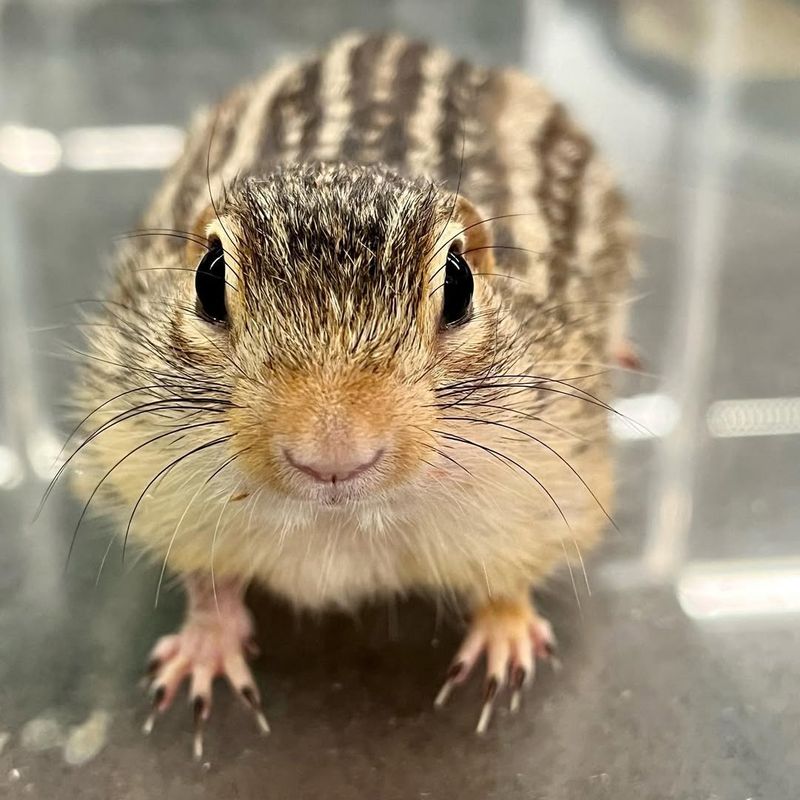
In the prairies, 13-lined ground squirrels are the stripy sleepers of the rodent world. These squirrels embrace hibernation with gusto, retreating to burrows as winter descends.
Their heart rates and body temperatures drop, allowing them to snooze through the chill. As the earth warms, they awaken, ready to dart through the fields.
Their hibernation is a rhythmic dance with nature, a testament to the adaptability of the animal kingdom. These squirrels show us that sometimes, stripes are the secret to survival.

